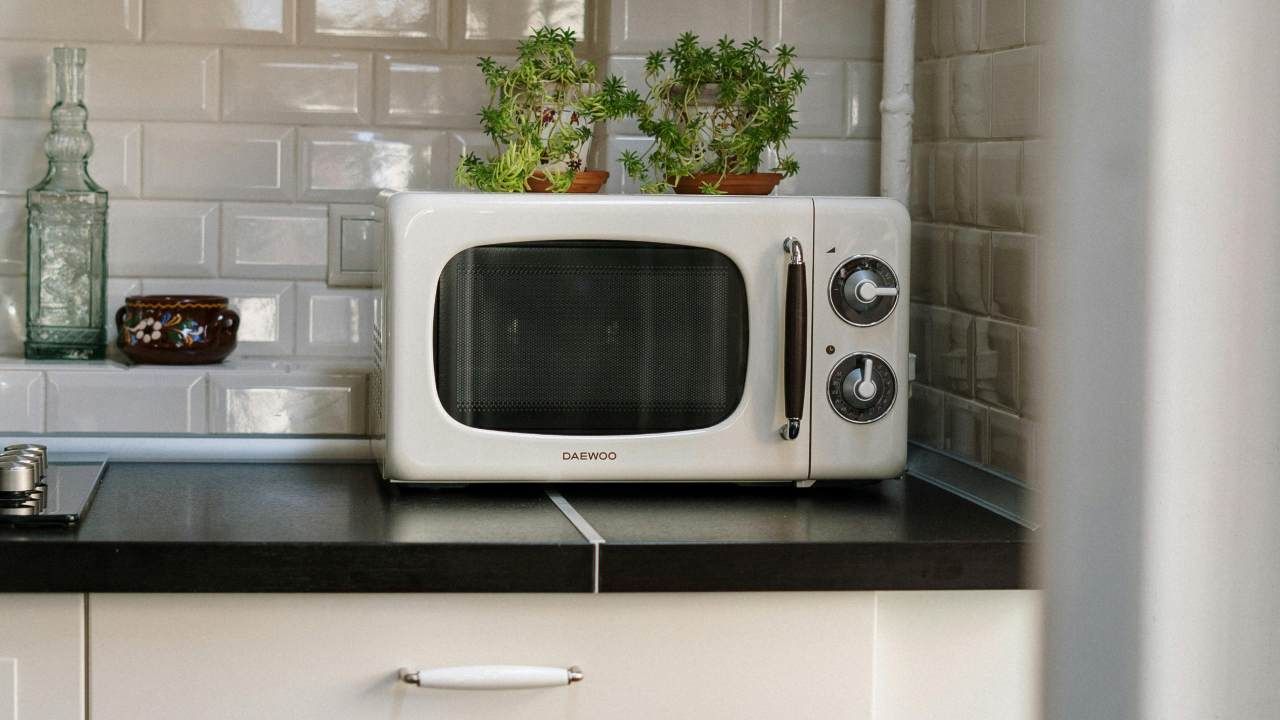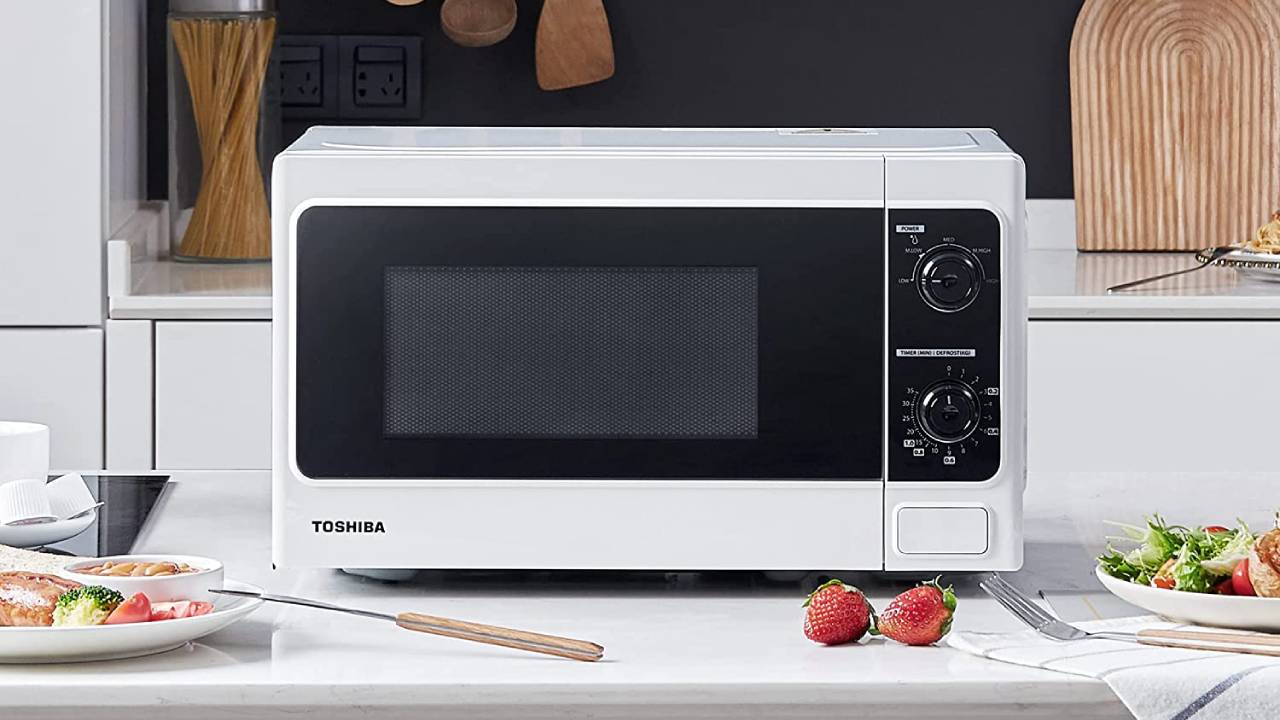
The best microwaves are one of the most commonly used appliances in the kitchen. They do so much more than simply reheating leftovers – they can cook vegetables in a much healthier way, make citrus fruits juicer and even disinfect dirty utensils.
But according to Andrew Wright, founder of Cookology, you could be using your microwave wrong every single day. He states that “people often treat microwaves like a one-button solution, but a little know-how goes a long way in improving results and extending the life of the machine.”
While mistakes are easy to make when using any appliance, Wright claims that using a microwave incorrectly can lead to “disappointing meals, unnecessary mess and even damage to the appliance itself.”
To help you avoid the same mistakes, here are five mistakes you’re making with your microwave that can ruin your meal and the longevity of your appliance.
1. Using unsafe containers
What you can and can’t put in a microwave is a grey area for some people, but as Wright states “it’s commonly known that microwaving anything with metal, even foil trims or twist-ties can spark and damage the oven.” But it also turns out that some plastic is best kept out of the microwave as well.
Some plastic tupperware and tubs aren’t microwave-safe, as they can leak chemicals into your food which isn’t safe or hygienic to eat. Stick to microwave-safe glass or ceramic dishes instead.
2. Forgetting to stir or rotate food
One of the most common microwave mistakes is forgetting to stir or rotate your food as it’s cooking or reheating. The way microwaves work is they use electromagnetic waves which are absorbed into food, water and sugar molecules. This actually causes the molecules to vibrate which heats food from the inside out.
While effective, this cooking method can heat food unevenly, so you may find some areas of your meal hot while others are cold. This can easily be solved by “stirring halfway through or rotating the dish ensures safer, more consistent results, especially important when reheating rice, meat or leftovers.”

3. Sealing containers too tightly
Once you’ve got a microwave-safe container, you should also be sure to not seal it too tightly when you put it in the microwave. While covering your food ensures it cooks evenly and reduces spills, you need to leave a gap for steam to escape, as “fully sealed lids can cause pressure to build up, which may lead to the container warping or the lid popping off,” says Wright. Avoid this by covering your tupperware loosely, either with the accompanying lid or a paper towel.
4. Storing things on top of your microwave
For those with smaller kitchens, it might be space-saving to store things on top of your microwave. But Wright says that this can be seriously dangerous for your microwave and your kitchen as a whole. As he explains, “this can block the vents, causing them to overheat, leading to potential damage or even creating a fire hazard.”
5. Not cleaning it!
Cleaning your appliances is probably one of your kitchen jobs that you regularly put off – I’m definitely guilty of this. But cleaning your microwave is something that you should do after every few uses, as aside from being unhygienic, dirt and food mess can affect the efficiency of your appliance.
As Wright explains, “a dirty microwave absorbs more energy and cooks less efficiently. Food splatters also increase the risk of unpleasant smells and smoke.” When wiping down your microwave on the inside and outside, Wright stresses that you should “never clean your microwave with bleach or other ammonia-based cleaners. In an enclosed space like your microwave, these can leave behind toxic fumes that can contaminate your food.” Instead, stick to kitchen safe cleaning supplies, or soapy water.
For more microwave tips, check out these 8 foods you should never put in a microwave.







